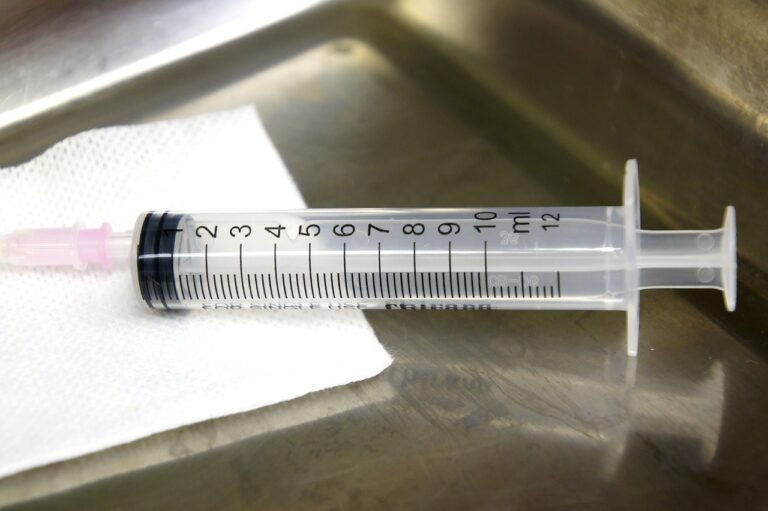The Future of 3D Bioprinting: Printing Organs for Transplantation
3D bioprinting is an innovative technology that involves the layer-by-layer deposition of bioinks to create three-dimensional tissue constructs. This process typically begins with the creation of a digital model of the desired tissue or organ, which serves as a blueprint for the bioprinter. The bioink, composed of living cells and biomaterials, is then loaded into the bioprinter’s cartridges and precisely dispensed onto a biocompatible scaffold.
As the bioprinter moves according to the digital model, it deposits the bioink in a predetermined pattern, allowing for the formation of complex tissue structures. Once the printing is complete, the construct is incubated to allow the cells to grow and mature, ultimately forming functional tissues. This remarkable technology holds great promise for advancing regenerative medicine and has the potential to revolutionize the field of organ transplantation.
Current Applications of 3D Bioprinting
One of the current applications of 3D bioprinting is in the field of regenerative medicine. Scientists are exploring how this technology can be used to create living tissues and organs that can be implanted into patients, potentially revolutionizing the treatment of various medical conditions. By utilizing bioinks made from living cells, 3D bioprinters can fabricate complex structures that mimic the natural tissues of the body.
Another promising application of 3D bioprinting is in drug testing and personalized medicine. With the ability to create tissues and organoids that closely resemble human physiology, researchers can conduct more accurate and efficient drug testing, reducing the need for animal testing and providing crucial insights into how drugs will affect the human body. Additionally, 3D bioprinting holds the potential to create personalized implants and prosthetics tailored to individual patients, improving treatment outcomes and quality of life.
Challenges in 3D Bioprinting Organs
One of the major challenges in 3D bioprinting organs is the complexity of recreating the intricate structures and functions of human tissues. Unlike traditional 3D printing, bioprinting involves using biological materials such as cells and biomaterials to build living tissues. Ensuring the proper organization and functioning of these cells within the printed structures poses a significant technical hurdle for researchers in the field.
Another key challenge facing the field of 3D bioprinting organs is the need for vascularization. Adequate blood supply is crucial for the survival and functionality of complex tissues and organs. Developing techniques to integrate a network of blood vessels into bioprinted tissues remains a major obstacle, as the intricate architecture of blood vessels is essential for proper nutrient and oxygen delivery to cells. Addressing this challenge is essential for the successful transplantation of bioprinted organs into patients.





